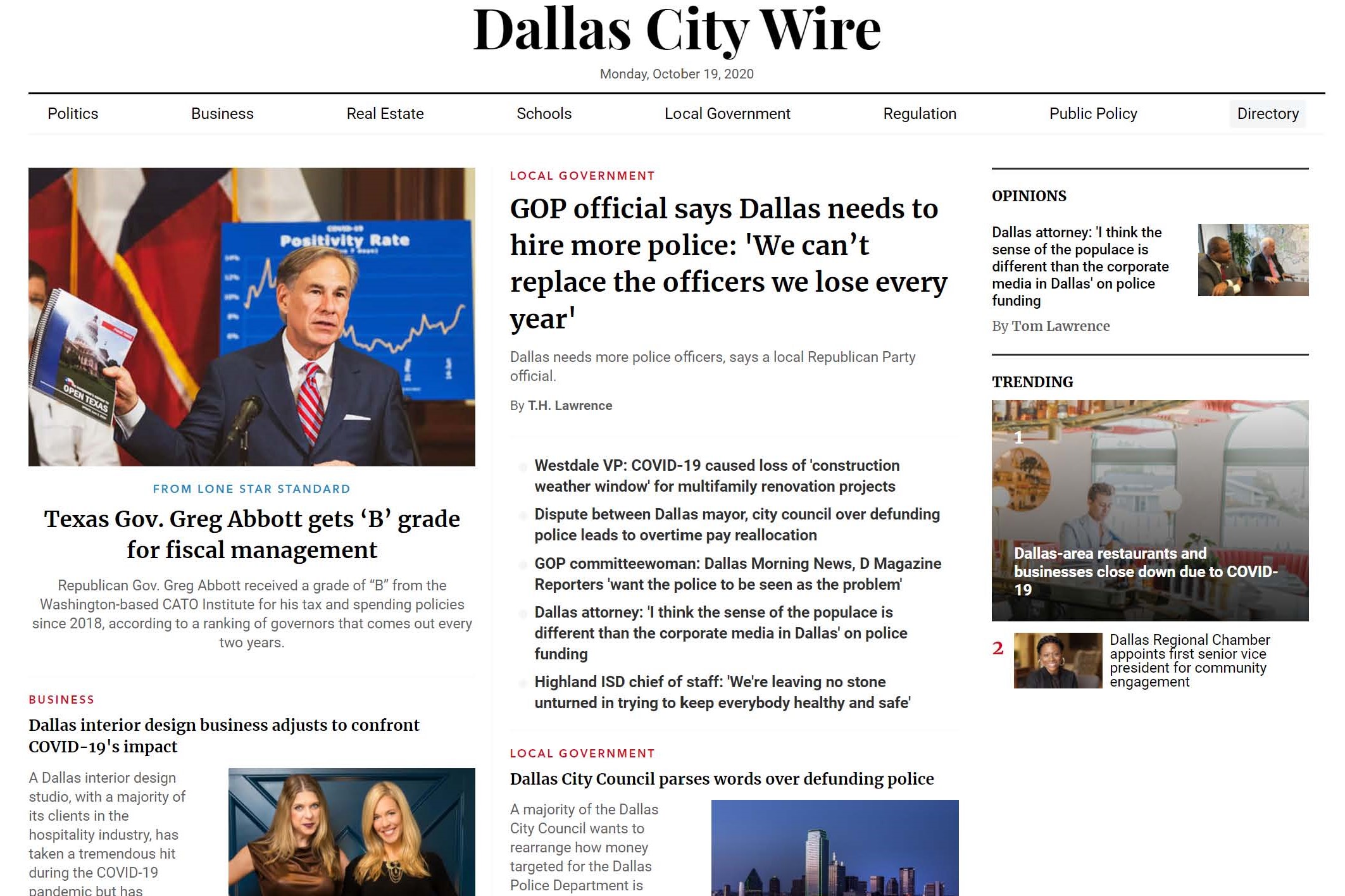The Main Principles Of Local News Online
The Main Principles Of Local News Online
Blog Article
The 10-Minute Rule for Local News Online
Table of ContentsThe Only Guide to Local News OnlineLocal News Online - An OverviewThe Facts About Local News Online UncoveredExcitement About Local News OnlineHow Local News Online can Save You Time, Stress, and Money.All about Local News Online
The number of times an article gets shared on is pertinent for protestors, political leaders, authors, online-publishers and marketers. They therefore have an interest in knowing the variety of shares, ideally even predicting it prior to the post is being released. With new methods of such as it is possible to acquire insights into the core attributes of a post.The attributes consist of variables describing words, links, electronic media, time, key phrases, understandings from and the number of article shares. With the dataset being publicly readily available, a fair quantity of data analysis has actually been conducted.
One "category analysis". 30 November 2020. made use of maker discovering methods, particularly,,, and to anticipate the top 10 percent most frequently shared articles. The conclusion is, that the ordinary keywords within a short article and the typical popularity of said keyword phrases have the biggest influence on the quantity of shares a short article gets.

Little Known Questions About Local News Online.
Silberman, Steve (17 March 1997).
BBC News. Pew Study Facility's Journalism Task. Reuters Institute Digital Information Record 2013.
This year's report comes in the middle of a global wellness pandemic that is unprecedented in contemporary times and whose financial, political, and social effects are still unraveling. The severity of this crisis has enhanced the requirement for dependable, precise journalism that can educate and inform populaces, however it has additionally advised us exactly how open we have actually become to conspiracy theories and false information.

The 25-Second Trick For Local News Online
Journalism issues and remains in need once more. However one problem for authors is that this extra passion is creating even much less revenue as advertisers brace for an inescapable economic downturn and print earnings dips. Against this history it is likely we'll see an additional drive towards digital membership and various other viewers repayment versions which have shown substantial promise in the last few years.
At the very same time, using online and from this source social media sites significantly enhanced in most nations. WhatsApp saw the biggest growth generally with increases of around 10 percentage points in some nations, while more than fifty percent of those checked (51%) used some sort of open or closed on the internet team to attach, share info, or take part in a regional assistance network.
Media trust was even more than twice the degree for social networks, video platforms, or messaging services when it pertained to details regarding COVID-19. From our bigger dataset gathered in January: Worldwide concerns regarding false information stay high. Also prior to the coronavirus crisis hit, over half of our global example claimed they were concerned click here for more about what is real or incorrect on the web when it concerns news.
What Does Local News Online Do?
In our January poll across countries, much less than four in ten (38%) stated they trust most news a lot of the time an autumn of 4 percentage points from 2019. Less than fifty percent (46%) stated they trust the news they use themselves. Political polarisation linked to increasing uncertainty seems to have threatened rely on public broadcasters specifically, which are shedding assistance from political partisans from both the right and the left.
Partisan preferences have somewhat increased in the USA because we last asked this inquiry in 2013 yet even here a quiet majority appears to be looking for information that at least tries to be objective. As the information media adapt to changing styles of political interaction, a lot of people (52%) would choose them to plainly report incorrect statements from politicians rather than not stress them (29%).
We have actually seen significant boosts in repayment for on the internet information in a variety of nations including the United States 20% (+4) and Norway 42% (+8 ), with smaller surges in an array of other markets. It is necessary to note that across all countries a lot of people are still not spending for on-line information, even if some authors have given that reported a 'coronavirus bump'.
Examine This Report about Local News Online
Customers believe they are improving info. Go Here A large number of individuals are perfectly content with the news they can access for totally free and we observe a really high percentage of non-subscribers (40% in the USA and 50% in the UK) that state that nothing can convince them to pay.
Accessibility to news continues to come to be much more dispersed (Local News Online). Throughout all nations, simply over a quarter (28%) favor to start their information journeys with an internet site or application. Those aged 1824 (so-called Generation Z) have an even weaker connection with internet sites and applications and are more than twice as likely to choose to accessibility news via social media
To respond to the relocate to different platforms, publishers have been looking to build straight connections with customers using email and mobile informs. In the USA one in 5 (21%) access an information email weekly, and for virtually half of these it is their key method of accessing information. North European countries have actually been much slower to adopt e-mail news channels, with just 10% making use of e-mail news in Finland.
Report this page